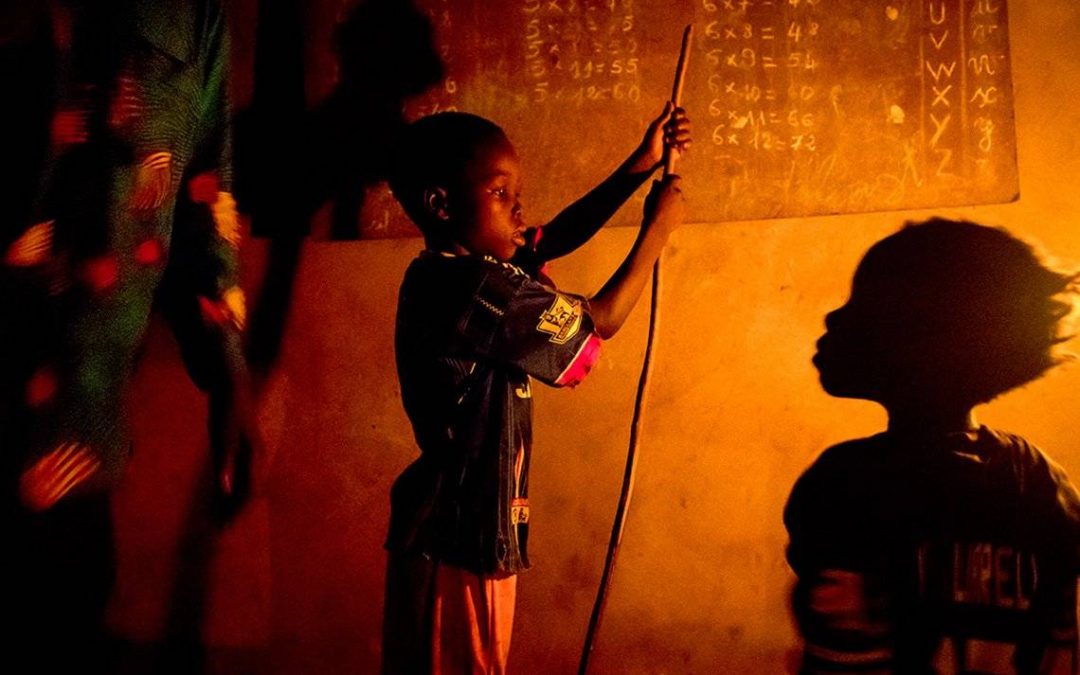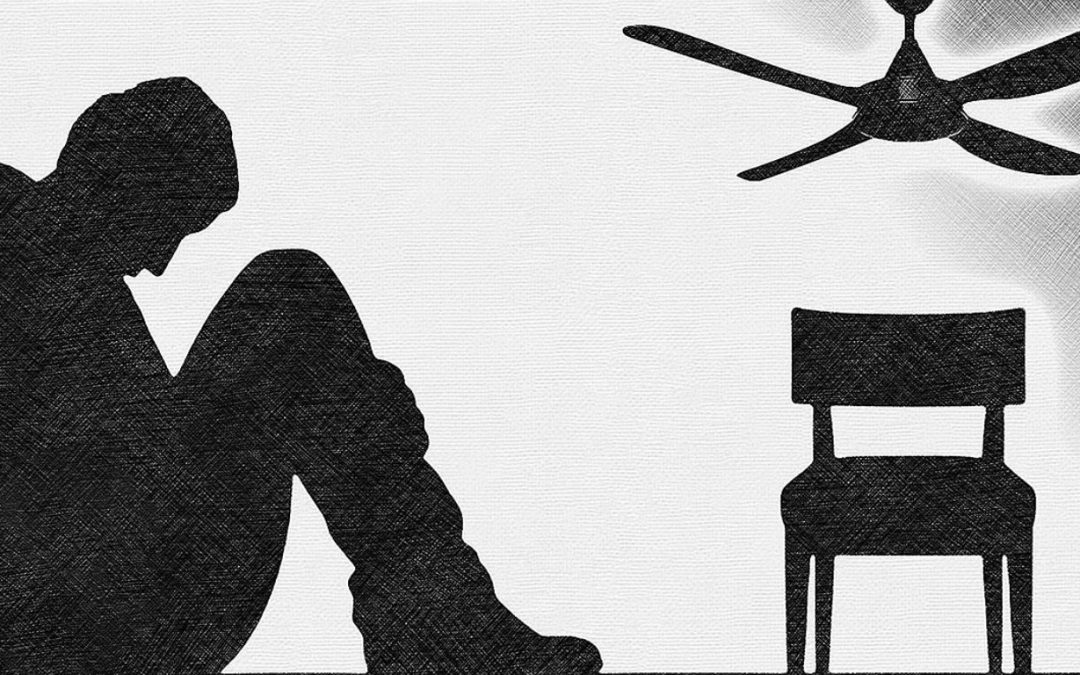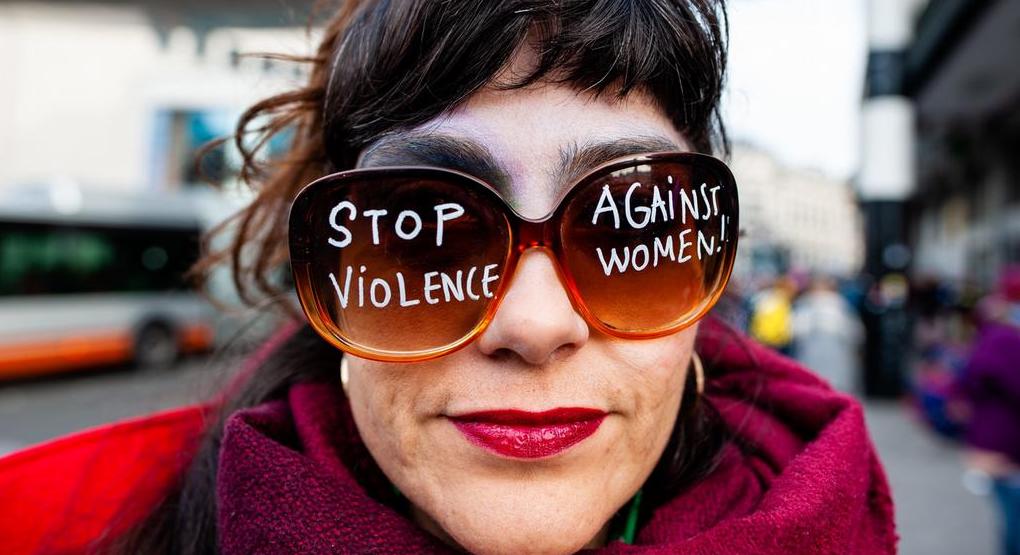
by Mahmoud Yaghmour | Apr 15, 2022 | Uncategorized
In this article, I’ll be discussing the Lebanese economic crisis, it’s challenges and solutions. – Fun fact: the 0’s and 1’s (above) are, ‘Lebanon’ in binary.
Most news today about Lebanon, is unfortunately, bad news.
There’s an electric and currency crisis, a brain drain and so much more.
And in these dark times, Lebanon is losing its lights, its educated people, to the other place.
But outside sensational news, and using data, can we verify these challenges and offer a solution?
Well, after Investigating Lebanon’s inflation and GDP, we clearly see sky-rocketing inflation and a tumbling GDP.
But what is the solution?
Now, for a country to trade, it needs to find a niche – that is that one or two things it can do better than it’s competition and trade with those things.
The bottom chart (in the above visualization) represents the population and export sizes of Lebanon, Saudi Arabia and UAE – Lebanon, the one in red, is greatly surpassed in both metrics.
However, if we look on the chart on-top, in 2017, we see a golden opportunity, in the form of a golden bar: This is Lebanon’s Human Capital Index; which at a fraction of the budget, performs relatively close to the two economic powerhouses of the region.
This is where Lebanon can do trade! This is Lebanon’s niche!
You are Lebanon’s niche!
And here are the solution details summarized:
‘While in Lebanon, the Lebanese youth should work to obtain then commercialize patents in the digital service space.’- This is the Solution!
This will diminish inflation, brain drain, unemployment, and offset copycat strategies!
For the detailed version of the solution, please examine the visual above.
And, to validate that Lebanese ideas are commercially lucrative:
According to the IMF, Lebanon ranks second in terms of Venture capital investment as a % to GDP. The United States ranks 1st with 2.84%, Lebanon comes in a close-second with 2.8%
– so experienced investors see great potential in Lebanese talent!
And in being part of the solution, I’m in the process of launching MSBA.io! – a site dedicated to the MSBA Alumni, where they can tell their stories, share their portfolios and get discovered; there will even be a collaboration section where they can work on projects to help build up the Lebanese tech scene!
So, this story has not ended; it is only just beginning!
Thank you! 😊
—————-
References:

by mme129 | Apr 15, 2022 | Dashboard, Visualization
In the 21st century, most citizens across the world have access to electricity. According to The International and National Law Policy, access to electricity is considered as a human right. However, there are still countries far from having electricity. The World Energy Outlook in 2016 reported that around 1.2 billion people (16% of world population), where 90% of those live in Africa, have no access to electricity. The population of the African continent is a home for almost to a fifth of the world population, whereas it accounts to less than 4% of global electricity use.
Lack of electricity hinders the provision of basic services. More than half of schools and clinics in Africa remain without power or reliable electricity. In addition, electricity is essential since in numerous cases it means the difference between life and death. For example, hospitals need electricity to activate respiratory machines for people with respiratory illnesses. A research reports that around 4 million women and children die because lack of electricity every year compared to 1 million by HIV.
Moreover, a study reports that the number of people with access to electricity has increased worldwide, yet in Sub-Saharan Africa the number of people without access increased from 74% to 77% before 2019. Through out the 21st century, non-African countries that had low access to electricity for their citizens had an improvement and increased its percentage, whereas African countries remained with low access showing no improvement.
The African continent has the ability to generate solar electricity for the whole world in only a small portion of its land, almost a small part in the Algerian desert. Therefore, it is easily possible to increase the access to electricity for all African citizens, however it only needs some radical reforms. This is a long process due to the control of EU colonizers and the presence of corrupt politicians in almost all African countries.
by nae51 | Apr 15, 2022 | Uncategorized

2022. Climate change. DROUGHT. Increasing DROUGHT periods. Shorter Time Between these DROUGHT periods. FAMINE.
Meet Zahi. Zahi is a 10 year old Somali boy who lives in Somalia. He has been suffering from acute malnourishment for a good while now.
In fact, as of 2022, it was reported that around 4.1 Million Somalis are just like Zahi: all acutely malnourished, or even severely malnourished. In other words, this means that 1/4th of the Somali population is at the very least acutely malnourished. What can that cause, you may ask? Illnesses, poor physical and cognitive development, and ultimately, death.
This makes Somalia the hungriest country in the world. If you are wondering how hunger is measured, it is by using a metric entitled the Global Hunger Index (GHI). The latter is calculated by gathering data about:
- Undernourishment: share of people in a given region/country whose caloric intake is deemed insufficient,
- Child Undernutrition: share of children under 5 who have low weight for their height (wasted children) and thus suffer from acute undernutrition, but also the share of children under 5 who have a low height for their age (stunted children)- which indicates chronic undernutrition,
- Child Mortality: mortality rate of children under 5 who die because of inadequate nutrition and unhealthy environments.
To visualize the world’s hunger, the map that can be viewed in Sheet 1 below or on this link has been created.
We notice that Somalia is indeed the only country in the world with an extremely alarming Global Hunger Index, with an average GHI of 58 over the past 20 years.
What makes the situation in Somalia this dire and helpless? Well, to say the least, poverty coupled with and aggravated by governmental corruption, several outbreaks (to list a few: cholera, malaria, measles, corona), inflating prices (notably with the current Russia-Ukraine crisis) and most importantly the series of drought periods that have been happening consecutively over the past years, with the 2011-2012, 2016-2017 and 2021-2022 crises counting as the 3 major and most recent drought crises that have happened (and are still happening). Moreover, drought means death of livestock, no water, parents abstaining from eating to feed their children the very little food they have access to, and overall hunger. One must note that droughts have always happened in Somalia (and in the Horn of Africa generally), meaning that the Somalis are used to drought, and they had adapted to it, knowing how to pick themselves up and continue. However, with climate change, these drought periods have become more acute and consecutive, with shorter periods separating them, hence disabling Somalis from the chance to recover from the last drought.
Alright, now what is the solution?
The deployment of an immediate humanitarian response: gathering funds through non-governmental organizations or even governmental donations which aim (but are not limited to) to sending emergency water supplies, sending food donations, treating the malnourished, distributing dietary supplements, opening and running health supplies but also giving out cash and livelihood support to those who are most in need.
Does this help?
Yes. It does.
As a matter of fact, just like the graph on Sheet 2 below shows (or the one you can see on this link), in 2012, Somalia’s GHI was measured at an all time high of 65. Thanks to the donations and the humanitarian responses that happened between 2011 and 2020, Somalia’s GHI dropped to 50.8. Magical, right? Arguably the GHI all time high of 65 could have been prevented in the 2011-2012 drought crisis had the international scene acted quicker than they did: in fact their response was so slow that thousands had died by the time aids reached. It was indeed deemed a failure. Moreover, back then only 56% of the UN’s funding appeal for Somalia were met by donors, whereas during the 2016-2017 drought crisis, the international scene responded quicker and more acutely, with 68% of UN’s funding appeal for Somalia being met by donors.
However, it is to be noted than today, in the ongoing 2021-2022 drought crisis, merely 2.3% of the UN’s total funding appeal for Somalia have been met by donors. 2.3%. Furthermore, according to Mohamud Mohamed, Save the Children’s Country Director in Somalia: “Donors have a narrow window to prevent a major humanitarian disaster in Somalia (…)We’re worried that the political environment globally is overshadowing the humanitarian suffering of the Somali people.” As Mohamed said, the eyes of the world are focused on Ukraine, and are overlooking the rest of the world. Unequal treatment kills.
And the time, my friends, is ticking.
Written by Nour El Saadi.

by Salem G. | Apr 14, 2022 | Dashboard, Visualization
Suicide is something no one wants to talk about, the majority of people who are feeling down don’t openly talk about it. The highest population that is being affected are countries that are surrounding Russia, and in South Africa. There are 800k people commit suicide each year, this is due to many economical issues in these countries. Imagine Karim a husband and a father of 2 living in a country where the basic human needs are neglected. Now Karim is struggling to find a job due to the high unemployment rate, this means he is not able to feed his wife and kids. Imagine being in his place in a country with a 26% unemployment rate. People that are unemployed have a higher chance of commit suicide due their mental health taking a hit this could spiral own a dark hole which is hard to come out off. Unemployment forced 40% of the population to suffer from severe or moderate food insecurity and this is the disruption of food intake or eating pattern due to the lack of money and other resources. Now Karim can’t just feed his family but also can’t get the basic human needs.
All these problems correlate strongly with the Social protection and Labor Programs when these programs are lacking the result were higher suicide mortality rate. These programs help the population in managing risks and protect them from food insecurities through various methods. Poland has a high social program and the results of the suicide mortality rate is significantly lower compared to Lesotho which is the opposite with high suicide rates and low social program . This indicates to lower suicide rates we must increase the aid to the population by offering labor market, unemployment benefits, and other programs. Now Karim can relax and calm down as help is on its way to assist him and other people who are in need.

by Lara Zbibo | Apr 13, 2022 | Dashboard
Educate a girl, change the world – Malala Yousafzai
Being a young lady and living in Lebanon, we always heard stories of women being beaten up, tortured, or killed by their husbands from our family members or friends. According to the World Health Organization (WHO), “Nearly half of women who die due to homicide are killed by their current or former husbands or boyfriends.” Many articles are bringing to light this issue especially with the start of the Covid19 pandemic, where we have seen a spike in that subject due to quarantine and home stays.
As generations, we have progressed in many fields, but we are still lacking a lot in that domain. How is that possible? One main reason for domestic violence’s on-going presence is that, on average, 37.75% of women around the world believe that a husband is justified in beating his wife (percentage from 2000 till 2020). That’s a huge number! Many women justify this type of violence as “normal’” and give the right to their partners/ husbands to beat them. But why are women justifying and accepting domestic violence? Why is that number this high nowadays?
To dig deep into the subject, I decided to evaluate potential factors that could affect women’s decision in justifying domestic violence such as poverty levels, literacy rates, and early marriages rates around the world. It was found that:
- On average, 75.96% of Female aged 15+ are literate around the world (from 2000 till 2020)
- On average, 3.63% of the global population live under Poverty Gap at $1.90 a day (from 2000 till 2020)
- On average, 6.78% of Female between 20 and 24 years old married at the age of 15 around the world (from 2000 till 2020)
The results showed that countries with low literacy rates in female adults have higher percentages of women who believe that a husband is justified in beating his wife (stand with domestic violence) such as Ethiopia who has a low literacy rate of 28.53% in female adults and a very high percentage of women who justify their husband’s violence (74.23%).
On the poverty level, it was found that countries with higher poverty gaps rates have higher percentages of women who stand with domestic violence such as Congo who has a poverty gap of 51.7% and a very high percentage of women who justify their husband’s violence (75.2%).
Also, when comparing that percentage with the percentage of women who married at the age of 15, it was found that countries with higher numbers of early marriages have higher percentages of women who stand with domestic violence such as Chad who has a percentage of early marriage of 29.47% (of female between 20-24 have married at the age of 15) and a very high number of women who justify their husband’s violence (67.9%).
Poverty, Literacy rates, and Early Marriages in the country affect heavily the perception of women in whether domestic violence by their partners is acceptable or not. High poverty rates increase the justification of domestic violence, low literacy rates increase the justification of domestic violence, and high early marriages rates increase the justification of domestic violence.
Increasing educational benefits in underprivileged countries would be a great initiative to increase literacy rates among women and stopping abuse among families. Introducing educational programs such as Girls’ Education by the World Bank Group which focuses on ensuring that young women receive a quality education, and raising awareness about physical abuse would also encourage the fight against domestic violence. Some countries such as Indonesia have increased the age of marriage of adolescent girls which would contribute to less early marriages, and less acceptance of violence.





